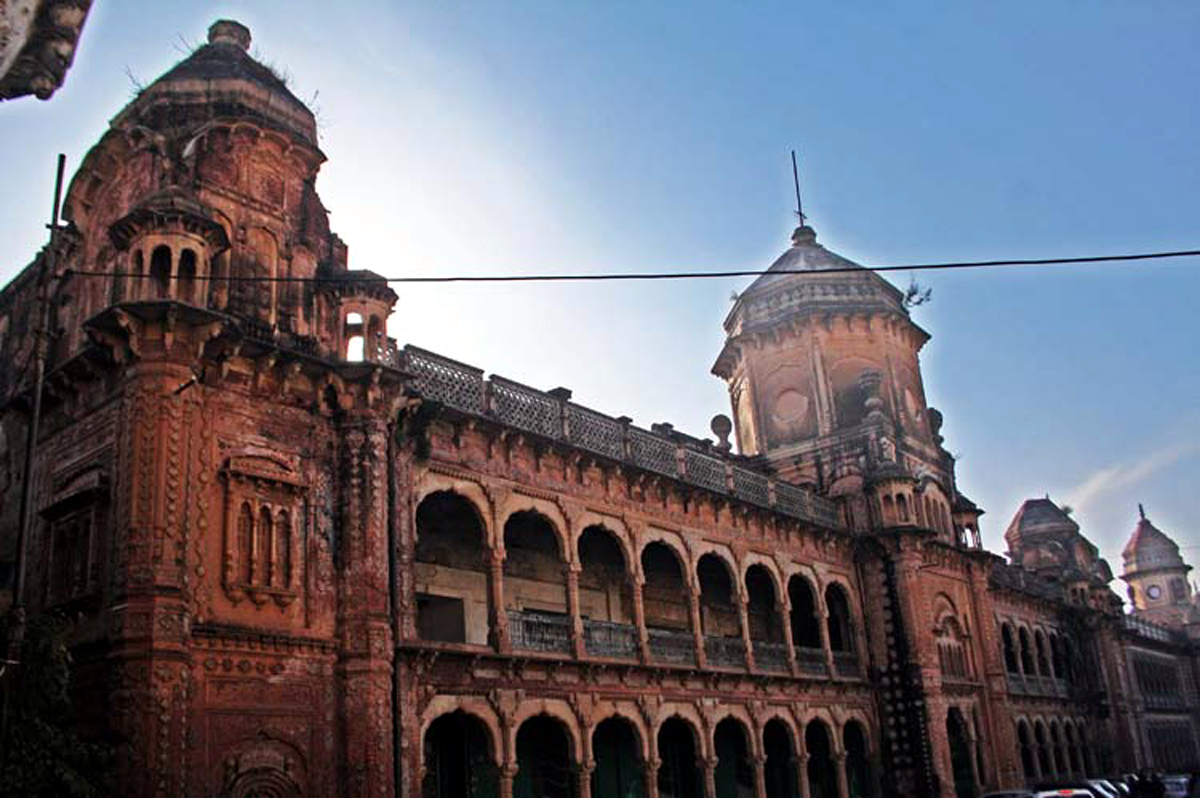Amendments carried out in Act enacted 43 yrs back
Ladakh needs own law to protect archaeological sites
Mohinder Verma
JAMMU, Apr 16: Now, damaging or defacing the ancient monuments in any part of the Union Territory of Jammu and Kashmir or trafficking of antiquities will cost dearly as several amendments have been carried out in the law, which was enacted 43 years back, in order to vest more powers on the Department of Archaeology, Archives and Museums.
However, Union Territory of Ladakh will have to frame its own law to protect the archaeological sites as the amended Act is not applicable to the Leh and Kargil districts, which too have large number of historical sites.
In the year 1977, the Jammu and Kashmir Ancient Monuments Preservation Act was enacted for the preservation of ancient monuments and objects of archaeological, historical or artistic interest. The objectives of the Act were also to check traffic in antiquities and over excavation in certain places.
Though plunder of ancient monuments was witnessed in all parts of the erstwhile State of Jammu and Kashmir yet no serious steps were initiated to vest more powers on the Department of Archaeology, Archives and Museums to check this practice. Due to this damage or defacing of even those monuments which have been declared as protected ones could not be stopped.
However, the Union Ministry of Home Affairs has understood the importance of this aspect and it has now carried out several amendments in the Jammu and Kashmir Ancient Monuments Preservation Act, 1977 by virtue of Jammu and Kashmir Reorganization (Adaptation of State Laws) Order, 2020 issued recently.
The Union Ministry has first amended Section 10-A of the Act of 1977, which confers powers to the Government to control mining, quarrying, excavation, blasting and other operations of a like nature near ancient monuments.
Earlier, such activities near the ancient monuments were punishable with fine which may extend to Rs 25,000 but now the Ministry of Home Affairs has enhanced the fine amount of Rs 50,000. Similarly, earlier there was provision of imposing fine to the tune of merely Rs 1000 only for violation of Section 15 of the Act, which deals with right of access to certain protected monuments but now the same has been enhanced to Rs 5000.
The Ministry of Home Affairs has also carried out amendment in Section 16 of the Act, which empowers the Government to impose penalties on any person who destroys, removes, injures, alters, defaces or imperils a protected monument. Earlier, there was a provision of imposition of fine of Rs 25,000 only but now the same has been increased to Rs 50,000 for every violation.
Even Section 17, which empowers the Government to prohibit or restrict the bringing or taking of any antiquities or class of antiquities described in different notifications into or out of the State or any specified part of Jammu and Kashmir, has been amended to increase the fine for violation from Rs 25,000 to Rs 50,000.
Similarly, amendments have been carried out in Section 18, which confers powers on Government to control moving of sculptures, carvings or like objects. Earlier, anybody found violating this Section was liable to pay fine to the tune of Rs 25,000 but now the amount of fine has been increased to Rs 50,000.
Even Section 20-B, which confers powers on the Government to make rules regulating archaeological excavation in protected areas, has been amended and now it states: “Any person committing a breach of any rule or any condition of a licence issued under this Section shall be punishable with fine which may extend to Rs 50,000 and may further provide that where the breach has been committed by the agent or servant of a licensee, the licensee himself shall be punishable”.
However, the amended Act will not be applicable to the Union Territory of Ladakh as word “Ladakh” has been omitted from Section 20A, which confers powers on the Government to enter upon and make excavations in a protect area.
Now, the Union Territory of Ladakh will have to make its own law as Leh and Kargil districts too have large number of historical sites and are required to be protected, sources said.
Trending Now
E-Paper


